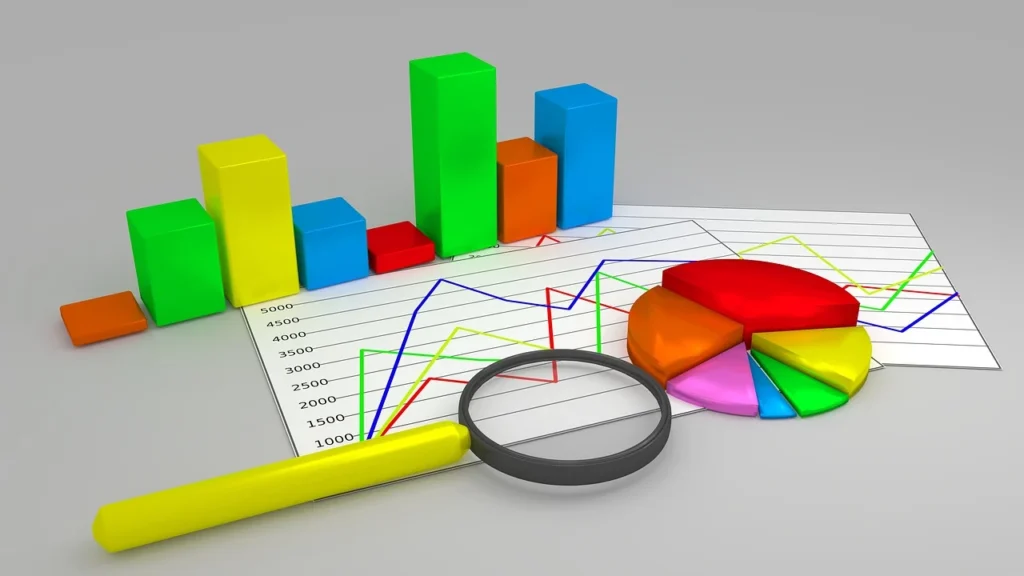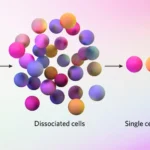Data science and artificial intelligence (AI) are transforming industries and driving innovation. At the heart of these fields lies a crucial element: mathematics. Among the various mathematical disciplines, calculus stands out as particularly important. Understanding how much calculus is needed for data science and AI, and how to learn it effectively, is essential for anyone aspiring to enter these fields.
Why Calculus is Important in Data Science and AI
The Role of Calculus in Data Science
Calculus helps in understanding how data changes over time and how different factors interact within a dataset. For instance, in predicting stock prices, weather changes, or consumer behavior, calculus provides tools to model these changes and make accurate predictions.
Calculus in AI
In AI, calculus is fundamental for training algorithms and optimizing models. For example, calculus helps in adjusting the weights in a neural network, ensuring that the model learns from data and makes accurate predictions.
Key Concepts of Calculus Needed for Data Science and AI
Differentiation
Differentiation involves finding the rate at which a function changes at any point. Imagine you are climbing a hill. Differentiation tells you how steep the hill is at any point. In data science, this is used in:
- Gradient Descent: Imagine you are trying to find the lowest point in a valley blindfolded. Gradient descent is a way to feel your way downhill by always taking a step in the direction that lowers you the most. This method is used to minimize the error in predictive models.
- Backpropagation: When training a neural network, we need to update our model based on how wrong it was. Backpropagation uses differentiation to adjust the weights of the model to reduce errors.
Integration
Integration is the process of finding the total accumulation of quantities. Think of it as calculating the area under a curve. This is used in:
- Probability Distributions: When determining the probability of an event, we often need to calculate the area under a curve that represents our data. For example, in understanding the likelihood of a certain temperature range on a given day.
- Expectation and Variance: These are concepts in statistics that help in understanding the average outcome and the spread of data, respectively.
Partial Derivatives
Partial derivatives involve finding the rate of change of a function with respect to one variable while keeping others constant. Imagine a recipe where changing one ingredient alters the taste. Partial derivatives help in understanding how changing one variable affects the overall outcome. They are vital in:
- Optimization Problems: Finding the best solution when there are multiple variables involved, such as optimizing the marketing spend across different channels.
- Gradient Descent in Multiple Dimensions: Similar to finding the lowest point in a valley, but in a multi-dimensional space, like adjusting many sliders on a mixing board to get the best sound.

Multivariable Calculus
Multivariable calculus extends single-variable calculus to functions of several variables. For instance, predicting house prices based on various features like size, location, and age of the house. This is used in:
- Cost Functions: When optimizing functions with many variables to minimize error in models.
- Neural Networks: Understanding how different inputs, such as image pixels in a photo, affect the network’s output, such as identifying the object in the photo.
Practical Implications of Calculus in Data Science and AI
Model Optimization
Calculus helps in fine-tuning machine learning models. For instance, by using gradient descent, data scientists can minimize the cost function, leading to better model performance. This is akin to adjusting the recipe to get the perfect taste.
Understanding Data Trends
Differentiation allows data scientists to understand trends and patterns in data. For example, analyzing sales data to predict future sales trends. It helps in predicting future trends based on current data.
Probability and Statistics
Calculus is used in deriving and understanding various probability distributions. For instance, calculating the probability of a customer making a purchase based on historical data. It helps in calculating probabilities and making inferences from data.

Neural Network Training
Backpropagation, which relies on differentiation, is essential in training neural networks. It allows the network to learn by updating weights based on the error in predictions. Think of it as continuously adjusting your aim based on how far you missed the target.
Can a Beginner Learn Calculus for Data Science?
Starting from Scratch
A beginner can definitely learn calculus for data science. It requires dedication and the right resources. Starting with the basics of differentiation and integration is crucial. Think of it as learning the alphabet before writing sentences.
Learning Resources
Books
- “Calculus for Dummies” by Mark Ryan
- A beginner-friendly book that introduces basic calculus concepts in an easy-to-understand manner.
- Amazon Link
- “Essential Calculus Skills Practice Workbook with Full Solutions” by Chris McMullen
- A workbook focused on practice problems and solutions, perfect for hands-on learning.
- Amazon Link
- “Calculus: An Intuitive and Physical Approach” by Morris Kline
- A book that emphasizes understanding the physical meaning behind calculus concepts, making it easier to grasp.
- Amazon Link
Online Courses
- Khan Academy
- Free online courses covering all calculus topics with interactive exercises.
- Khan Academy Calculus
- Coursera: “Calculus: Single Variable Part 1 – Functions” by University of Pennsylvania
- An introduction to calculus focusing on single-variable functions, suitable for beginners.
- Coursera Course
- edX: “Pre-University Calculus” by Delft University of Technology
- A preparatory course for understanding the basics of calculus, ideal for those starting from scratch.
- edX Course
YouTube Channels
- 3Blue1Brown
- Provides intuitive visual explanations of calculus concepts, making them easier to understand.
- 3Blue1Brown YouTube Channel
- PatrickJMT
- Offers step-by-step tutorials on various calculus topics, perfect for beginners.
- PatrickJMT YouTube Channel
- Khan Academy
- Comprehensive video tutorials on calculus, ideal for learning at your own pace.
- Khan Academy YouTube Channel
Tips for Learning Calculus for Data Science
Start with the Basics
Understanding basic concepts like limits, derivatives, and integrals is crucial. Focus on grasping these before moving on to more advanced topics. It’s like building a strong foundation before constructing a building.
Practice Regularly
Regular practice helps in solidifying concepts. Solve a variety of problems to gain confidence. Think of it as practicing a musical instrument – the more you practice, the better you get.
Visualize Concepts
Using visual aids and graphical representations can help in understanding complex concepts better. Tools like Desmos can be very helpful. Visualizing functions and their derivatives can make the abstract more concrete.
Apply to Real-World Problems
Try to apply calculus concepts to real-world data science problems. This practical approach can enhance understanding and retention. For example, use your own data to practice finding trends and making predictions.
Join Study Groups
Learning with others can provide additional perspectives and help in clearing doubts. Online forums and study groups can be very beneficial. Think of it as a support system where you can learn from each other.
Advanced Calculus Topics for Data Science and AI
Differential Equations
Understanding how systems change over time is crucial in many AI applications. Differential equations model these changes effectively. For example, predicting the spread of diseases or changes in stock prices over time.
Stochastic Calculus
Used in modeling random processes, stochastic calculus is important in fields like financial data science. It helps in modeling and predicting random events, such as stock market fluctuations.
Fourier Analysis
This is used in signal processing and analyzing time series data. It involves decomposing functions into their constituent frequencies. For example, analyzing sound waves or financial market data.
Multivariate Calculus
Further study in multivariate calculus can help in understanding higher-dimensional data and optimizing functions with multiple variables. This is crucial for complex data science models and AI systems.
Conclusion
Calculus is indispensable for data science and AI. It provides the mathematical foundation needed for optimizing models, understanding data trends, and training neural networks. While it may seem daunting, a beginner can certainly learn calculus with the right resources and dedication. By focusing on the basics, practicing regularly, and applying concepts to real-world problems, anyone can master calculus for data science. Start with the suggested resources, and embark on your journey to becoming proficient in calculus for data science.



